THIS WEEK: Absolute Green Lantern #1 and Resurrection Man: Quantum Karma #1 are both great comics, but are very very different — and in that way they speak to the strength of variety in the DC line right now. Plus, the periphery Bat-family comics have a big week!
Note: the review below contains spoilers. If you want a quick, spoiler-free buy/pass recommendation on the comics in question, check out the bottom of the article for our final verdict.
 Absolute Green Lantern #1
Absolute Green Lantern #1
Writer: Al Ewing
Artist: Jahnoy Lindsay
Letterer: Lucas Gattoni
With Absolute Green Lantern #1 this week, we get the sixth and last of the announced Absolute comics. Yes, this series concludes a second wave of Absolute Universe titles, preceded the last two weeks by Absolute Flash and Absolute Martian Manhunter. Given the evident commercial and critical success of these titles, it’s not hard to envision more coming down the road (Absolute Aquaman, Absolute Green Arrow, Absolute Justice League, etc.), but for now, this is the last of the Absolute titles.
And it’s a strong one. One thing I’ve enjoyed about all the Absolute comics is that they’ve had a deep commitment to letting the artwork lead. The scripts and concepts are great, with many of them taking interesting risks that sort of reconfigure the core of the familiar character, but with the page-to-page storytelling, all of these comics have felt deliberately art forward. And not only that, but they’ve tapped some of the most interesting artists in the monthly comics ecosystem and empowered them, delivering star turns for artists like Nick Dragotta and Hayden Sherman, both of whom have been doing S-Tier work on creator-owned books for years.
Absolute Green Lantern hands the keys (or the ring, if you will) to artist Jahnoy Lindsay. Admittedly, of the artists drawing the Absolute comics, Lindsay was the one I was least familiar with when I opened the book. In fact, I had to search to find Lindsay’s credits. But that’s not a knock by any means. No, I had a great time familiarizing myself with Lindsay’s linework and colors in the space of this excellent first issue. There’s a clear manga influence, and it serves Absolute Green Lantern well, this being a clear ensemble comic where the characters have big reactions and bigger feelings. We also get a Hal Jordan who is absolutely (heh) going through it. Lindsay serves up a lot of strong character acting expressly through Jordan’s eyes (look at that preview above, for a taste), and it’s great. There are also no fewer than five giant splash moments following page turns, ranging in space from two-pages to the upper half of a single page, and they all land with a crackle of green energy, accentuating the many big moments that Al Ewing has scripted into this comic.
And Ewing does, indeed, do a great job scripting this book. Ewing has long excelled at a couple superhero comics moves that serve him well now that he’s writing Green Lantern. The first is having a great command of heavy genre work, from high concept sci-fi (see 2015’s The Ultimates) to bone-rattling body horror (see the instant-classic Immortal Hulk). If you’re a DC-only reader who’s not familiar with Ewing’s game, there simply aren’t many writers in superhero comics who consistently make deep genre dives as interesting as Ewing does. He knows how to use the familiar trappings to find new things about old characters, making it look easy even though it’s really complex work.
The other move that serves him quite well with Green Lantern is a deep commitment to long bench continuity. Ewing is the writer who was asked to pen a Marvel video game tie-in comic, and did so by centering the British version of The Punisher as the lead (that’s right, there is a British version of The Punisher). Wild. Green Lantern is a book that lends itself to both high concept sci-fi and back issue mining.
But perhaps the decision Ewing makes that pays off most is involving the police. The idea of police and policing is all over this first issue (see all these preview pages). Some runs of Green Lantern embrace the galactic cop idea, making the lead a sort of space detective, while others obscure it to go the lone superhero or even solider route. If this first issue is any indication, this run is set to potentially explore the policing implications in new interesting ways. It’s right there from the opening sequence, in which Hal Jordan has a run-in with a highway patrolman. I’m excited to see where that leads us later in this book.
From the art to the writing though, I felt like this comic was big ticket superhero storytelling done right. It’s accessible to new readers who want to jump on with a new #1, while offering quite a bit beneath the surface for experienced audience members and the DC faithful to also enjoy. And, as I’ll talk about more below, it’s almost a polar opposite from the week’s other major release, the introspective literary skewing Resurrection Man: Quantum Karma #1.
Verdict: BUY
 Resurrection Man: Quantum Karma #1
Resurrection Man: Quantum Karma #1
Writer: Ram V
Artist: Anand RK
Colorist: Mike Spicer
Letterer: Aditya Bidikar
And now for something totally different — Resurrection Man returns to life this week (I had to do it) with the new Black Label series, Resurrection Man: Quantum Karma from writer Ram V, artist Anand RK, colorist Mike Spicer, and letterer Aditya Bidikar. And I wanted to write a double review this week, because I think A. this title is fantastic, and you should all read it; and B. the fact that it lands on the same week as Absolute Green Lantern speaks to how strong the variety at DC is right now.
While the Absolute books have been bold with both art and tweaks to familiar superhero concepts, they’re not nearly as offbeat and nuanced as the Black Label line of titles. Fresh off the dark father-son redemption story Plastic Man No More (one of my favorites last year), we get a book here that builds off a classic Vertigo Comics run to start a story that is a treatise on life, death, war, cruelty, and the very nature of existence. It’s heady stuff, but that’s what Black Label does well. This is, essentially, the prestige film to the Absolute Universe’s new big blockbuster.
And the artwork is just stunning. Anand RK is already a star in indie comics circles for a pair of other Ram V collaborations, with Grafity’s Wall and Blue In Green. RK’s work is stunning and ethereal, capable of bouncing from a sad bedside family death scene to a spiritual woods lit by fireflies in which the lead character must confront the nature of existence. Consistently as polished as it is interesting, RK’s work is the best it’s ever been in Resurrection Man. And it’s elevated by the colors of Mike Spicer, who is teaming here with the artist for the first time. Spicer was a bold choice for colorist, but a choice that pays off. I typically associate his colors with louder work — from Daniel Warren Johnson wrestling comics to gritty John McCrea crime stories — but here he shows himself equally as capable of doing something quite and haunting and weird. It’s stunning.
The plot here is excellent as well. It supposes that the Mitch Shelly character from the original Resurrection Man run actually got a happy ending, growing old and dying of natural causes surrounded by loved ones. But it correctly asserts that’s not an ending at all, that the character would, of course, then be reborn just as he was when he was killed by superhero action the many times he was in the original book. And if that weren’t enough, the writer wants us to see exactly where he goes when that happens — to the very gears of reality.
This tour of the backend of reality lets the book jump through space and time, telling a captivating story wherein the reader shares close perspective with the protagonist as it goes, moving us into scenes of war crimes and utter depravity, and that’s where we leave off.
Again, to belabor this point, these two books this week just illustrate so well how DC Comics line right now is doing many interesting and different things. I’m impressed by it, and I hope it continues on, much like the life of our hero here.
Verdict: BUY
The Round-Up
Finally, with two full reviews this week, I don’t have much of a round-up here, but I did want to briefly note that as the Batman book sort of retools (doing a Hush sequel right now, before a big relaunch written by Matt Fraction), the outer-fringe Bat titles are pretty interesting at the moment. For example, we’re 30-some issues into an excellent Poison Ivy run, Batgirl is telling a great back-to-basics Cassandra Cain story, and Two-Face is getting all kinds of weird, telling a story that takes place mainly in the mind of its main character. I think Poison Ivy with its excellence and longevity is the standard-bearer of what’s happening with the wider Bat-Family right now, but it has also maybe open the door for some of these other books to become more idiosyncratic and interesting than they’ve been in many years.
Miss any of our earlier reviews? Check out our full archive!


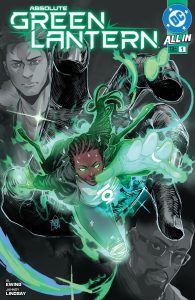
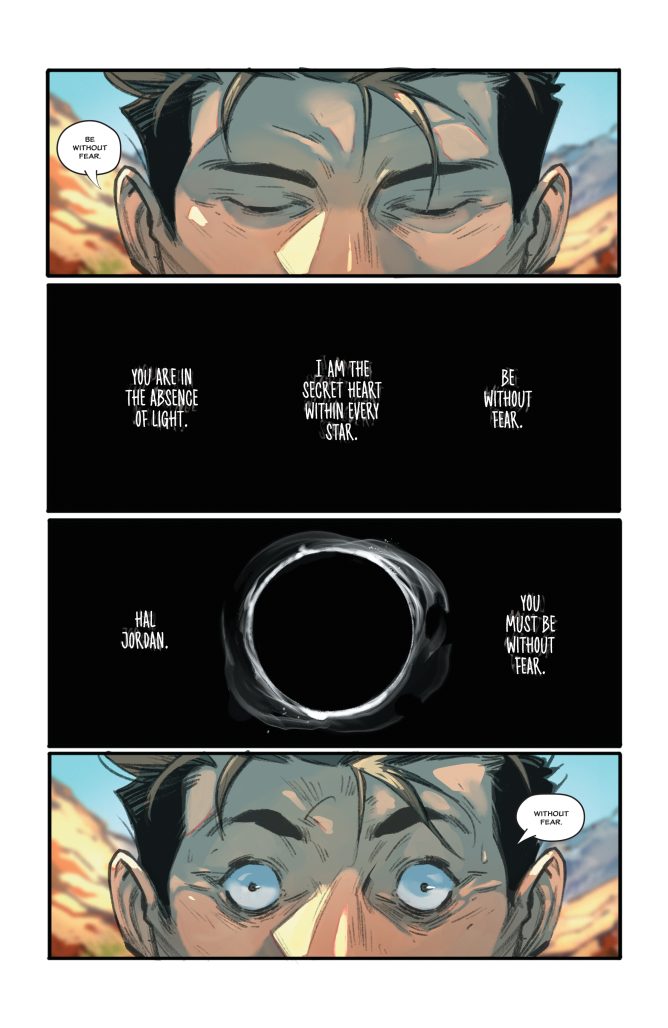
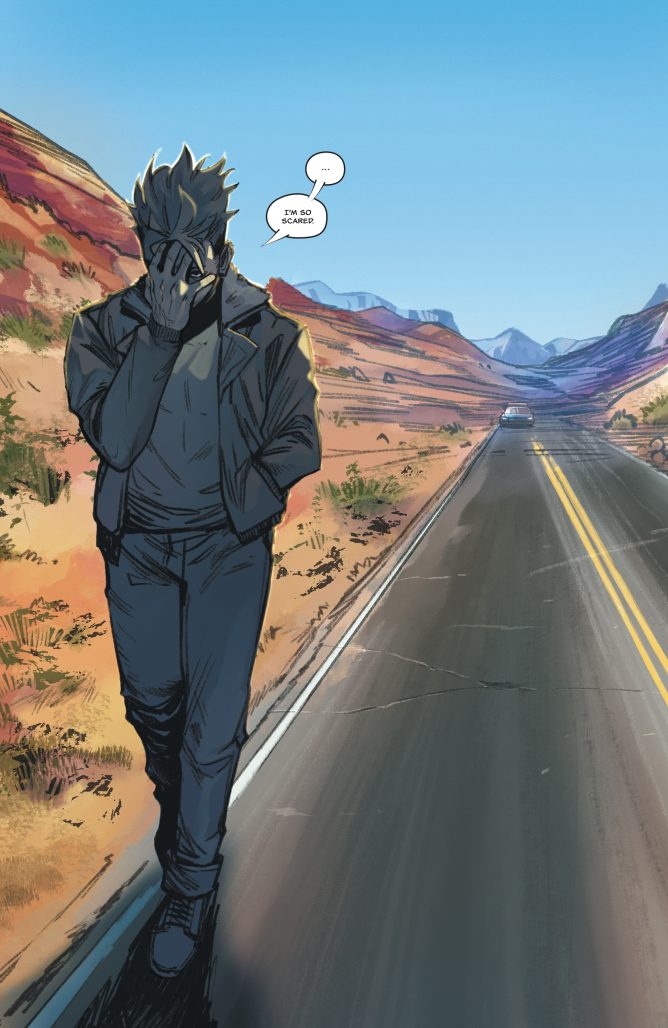
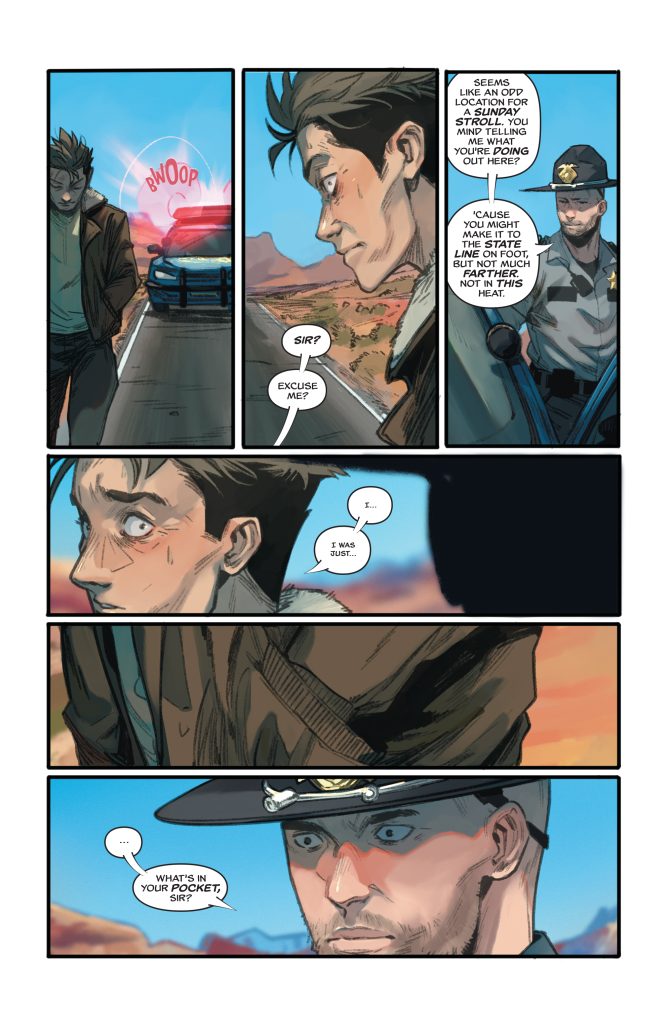
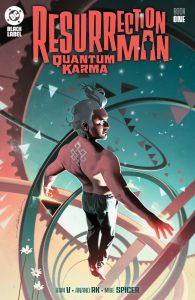
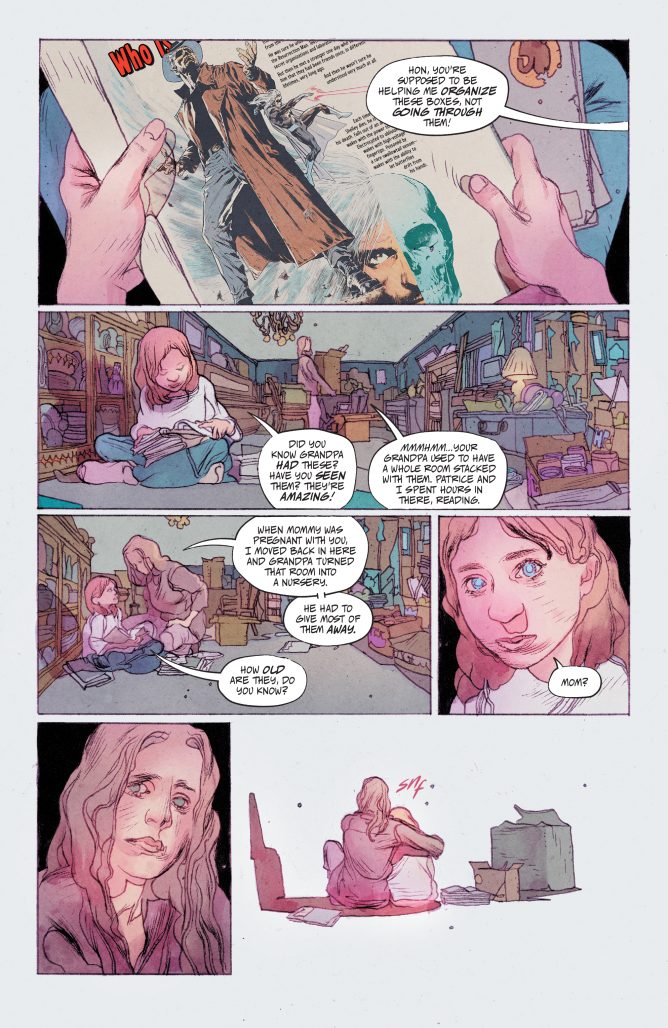

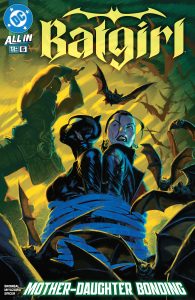












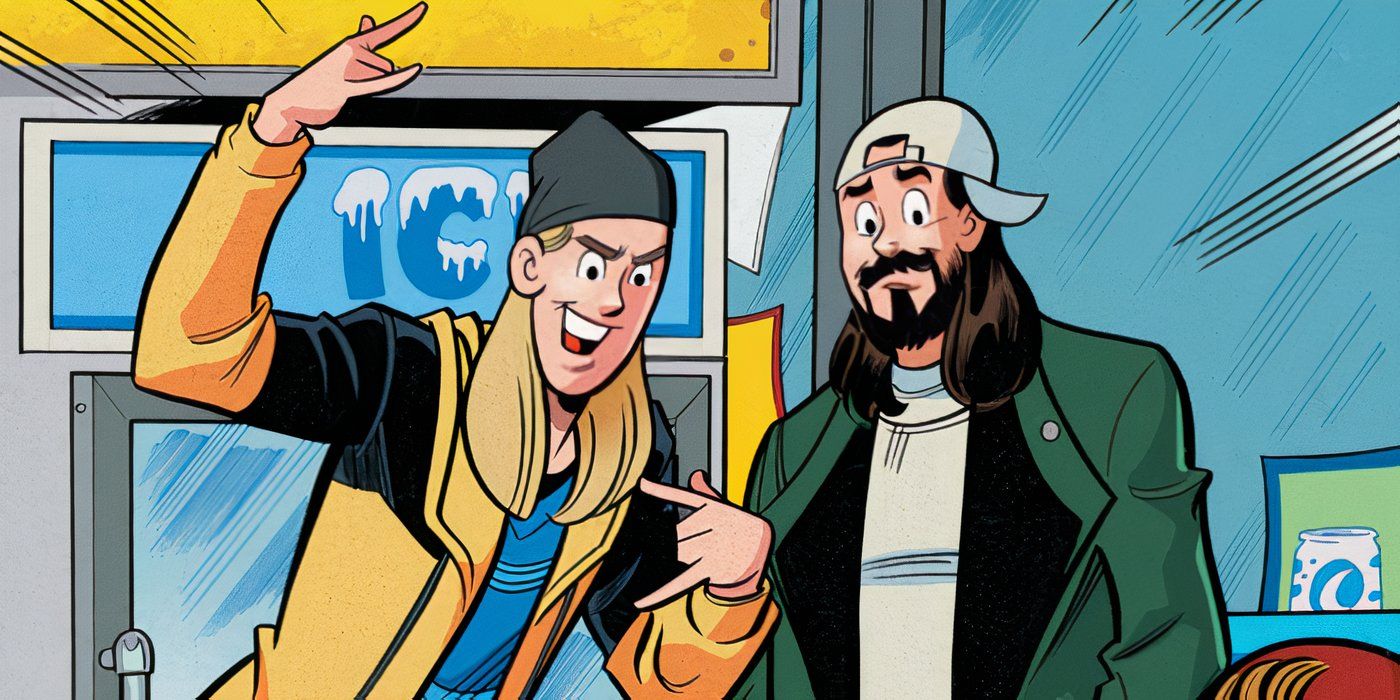
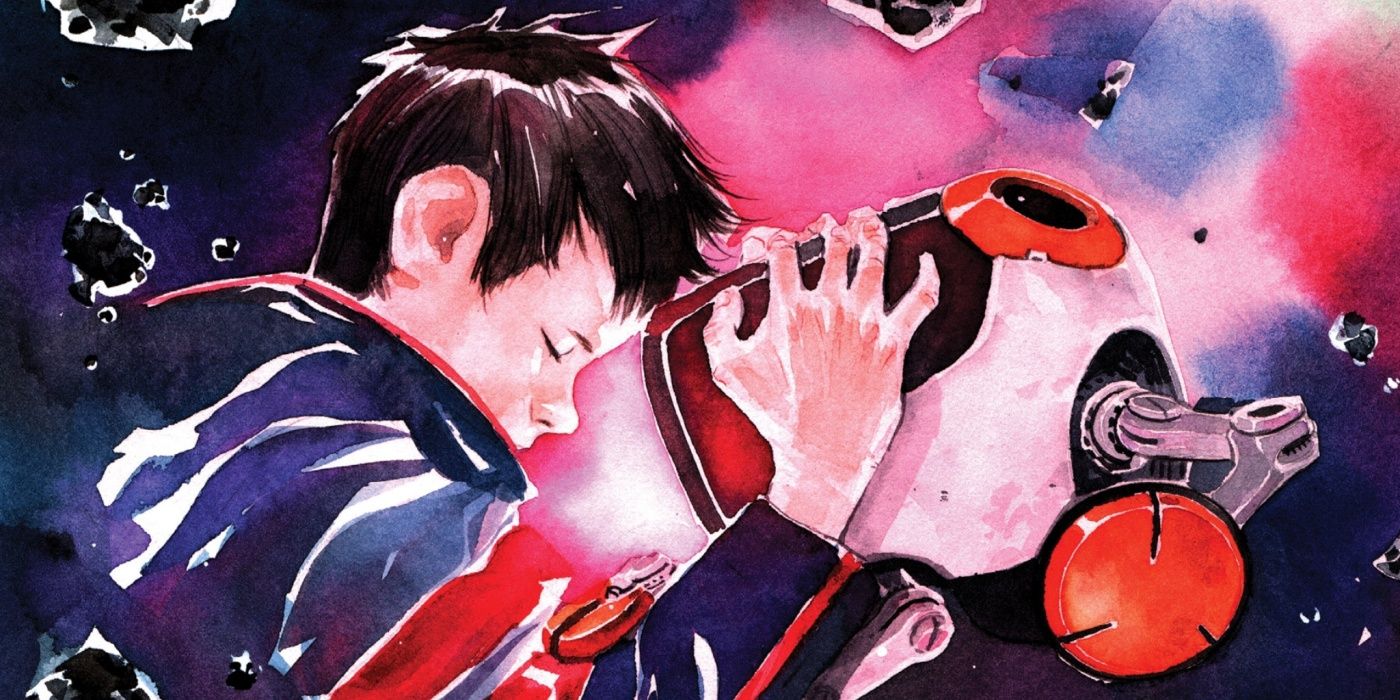

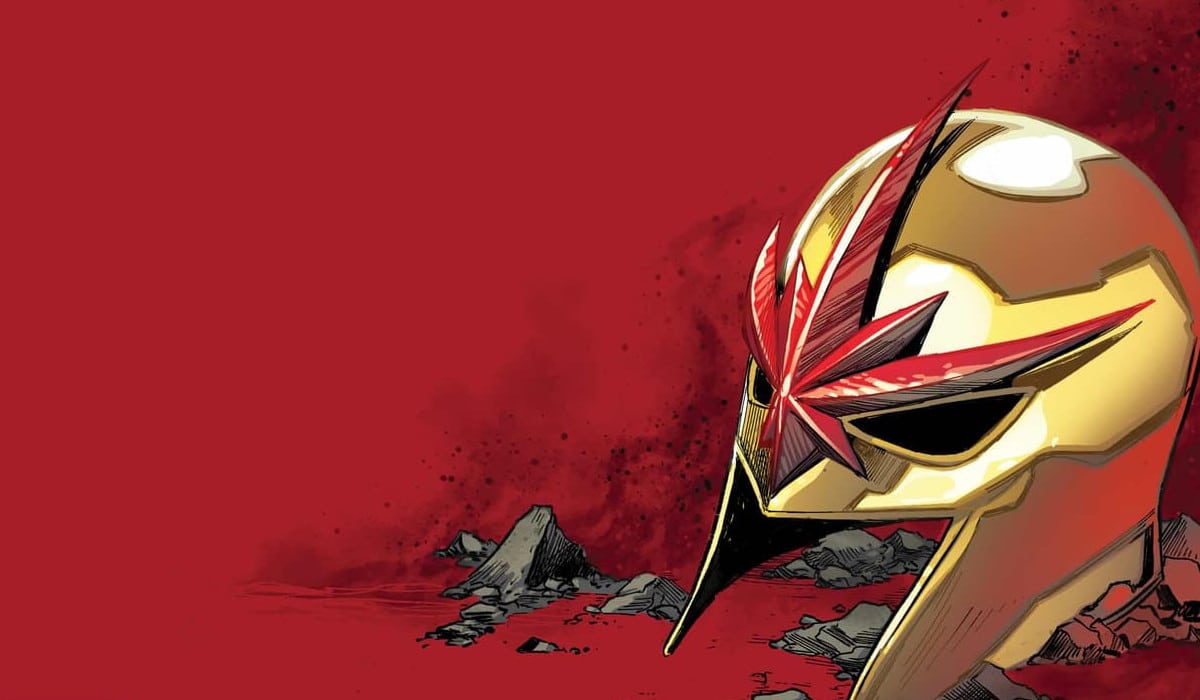
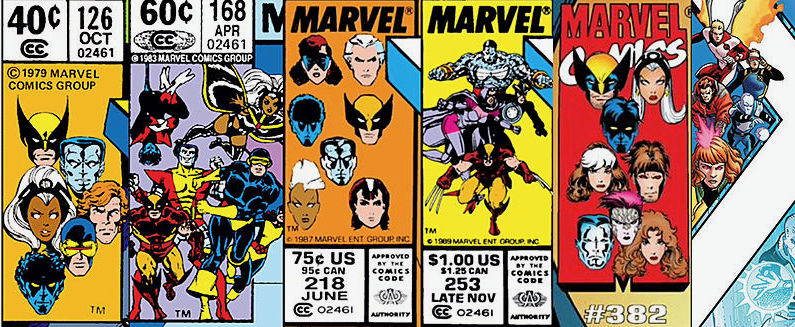


 English (US) ·
English (US) ·